History is full of surprises and strange stories that can change how we view the past. These unusual historical facts show us that the past is full of strange and fascinating stories. Each one offers a glimpse into the complexities and mysteries of history, reminding us that there is always more to learn and discover.
Cleopatra Wasn’t Egyptian

Cleopatra, one of the most famous queens of history, wasn’t actually Egyptian. She was Greek, descended from the Macedonian dynasty founded by Alexander the Great. Despite her Greek heritage, Cleopatra embraced Egyptian culture, learned the language, and was adored by her people.
The Eiffel Tower Was Almost Demolished
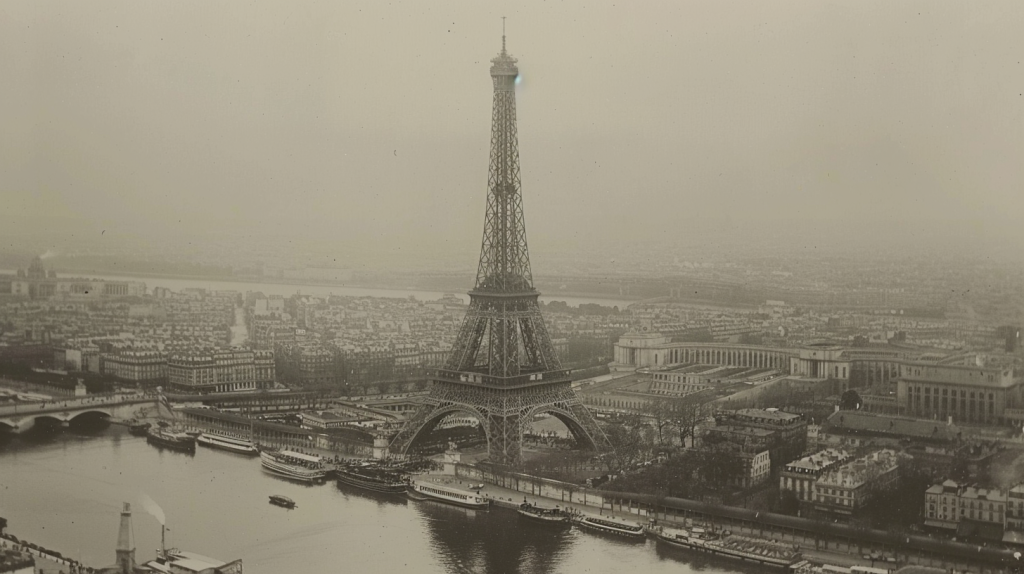
The Eiffel Tower, now a beloved Paris landmark, was almost torn down after 20 years. It was built for the 1889 World’s Fair and was intended to be temporary. Many Parisians initially hated it, calling it an eyesore. Its usefulness as a radio tower saved it from demolition.
Einstein’s Brain Was Stolen

After Albert Einstein died in 1955, his brain was taken without permission. The doctor who performed his autopsy removed it for research, hoping to find clues to his genius. Pieces of Einstein’s brain were sent to scientists around the world. To this day, it’s unclear if anything unique was discovered.
Napoleon Wasn’t Short
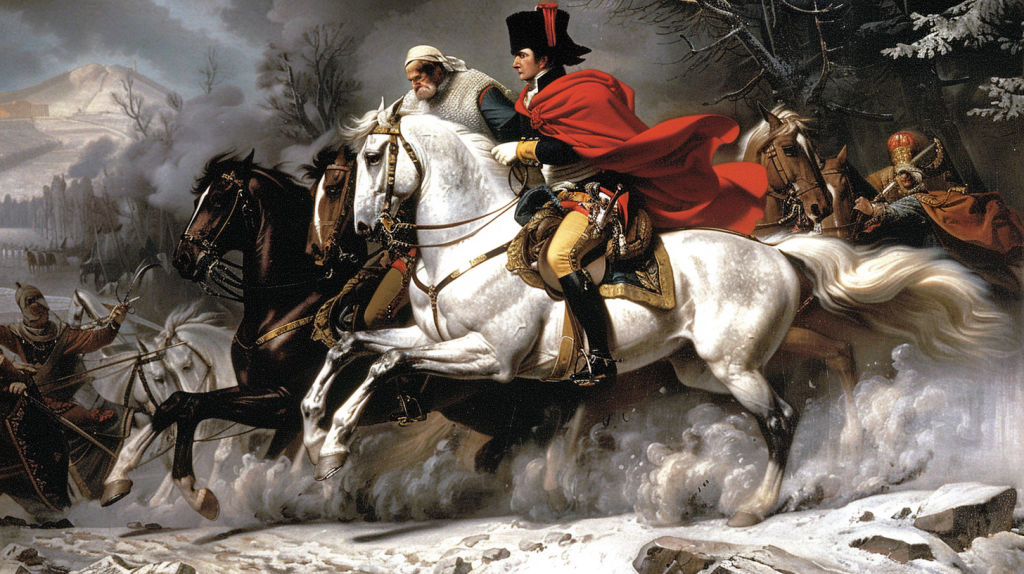
Napoleon Bonaparte is often remembered as being short, but he was actually about average height for his time, around 5’6″ to 5’7″. The myth of his short stature likely arose from confusion between French and British measuring systems. His height in French feet and inches was misinterpreted by the British.
Ketchup Was Once a Medicine

In the early 1800s, ketchup was sold as a medicine. Dr. John Cook Bennett claimed it could cure various ailments, from indigestion to rheumatism, and even made ketchup pills. While these claims didn’t hold up, ketchup eventually became a popular condiment. Today, it’s hard to imagine it as anything else.
The Great Emu War

In 1932, Australia waged a “war” against emus, large flightless birds. Farmers struggling with an emu infestation called for military assistance. Armed soldiers fought the birds with machine guns, but the emus proved too elusive. The “war” ended in defeat for the humans, with emus largely unaffected.
Victorian-Era People Feared Being Buried Alive
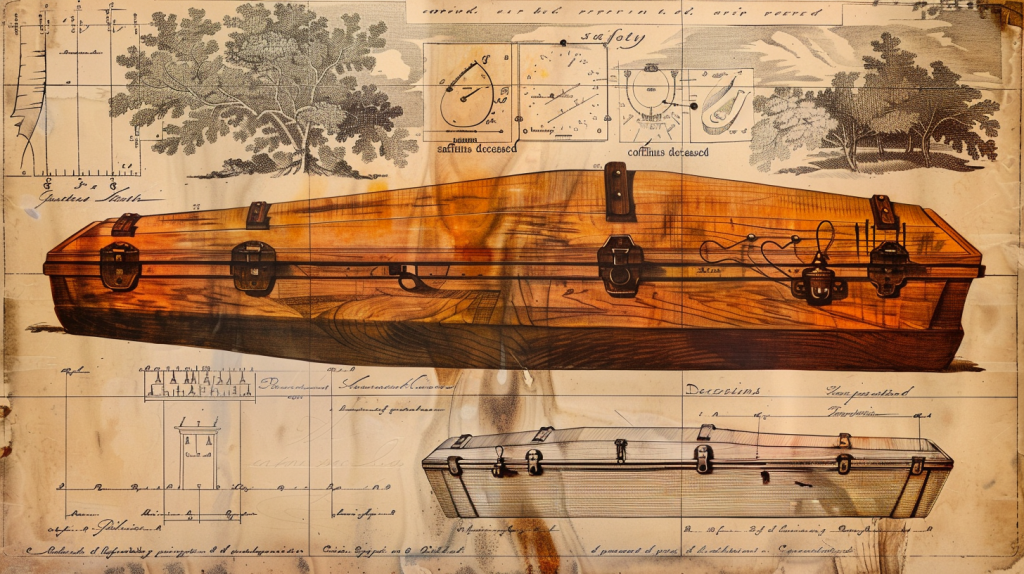
In the 19th century, fear of being buried alive was so strong that special coffins were designed. These “safety coffins” had bells or flags that the “deceased” could use to signal for help. Some even had breathing tubes. Although these fears were mostly unfounded, they highlight the anxieties of the era.
A President with a Pet Alligator
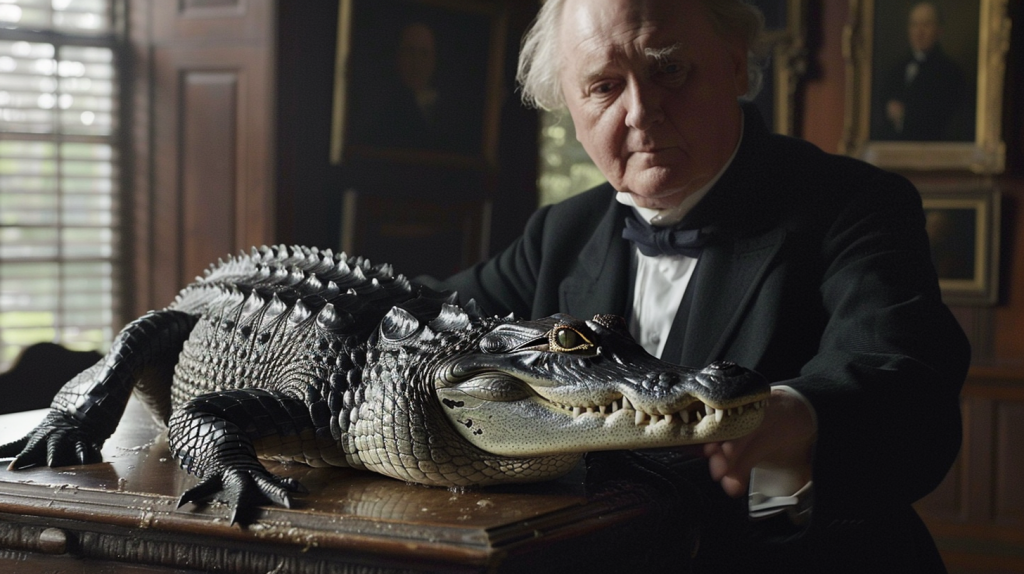
John Quincy Adams, the sixth President of the United States, had a pet alligator. The alligator was a gift from the Marquis de Lafayette. It lived in a bathtub in the White House, and Adams would often show it off to visitors, delighting in their shocked reactions.
Tulip Mania

In the 17th century, the Netherlands experienced “Tulip Mania,” one of the first recorded economic bubbles. Tulip bulbs became so valuable that people sold their homes and life savings to buy them. When the market crashed, many were left bankrupt. This event serves as a cautionary tale of speculative bubbles.
The Dancing Plague
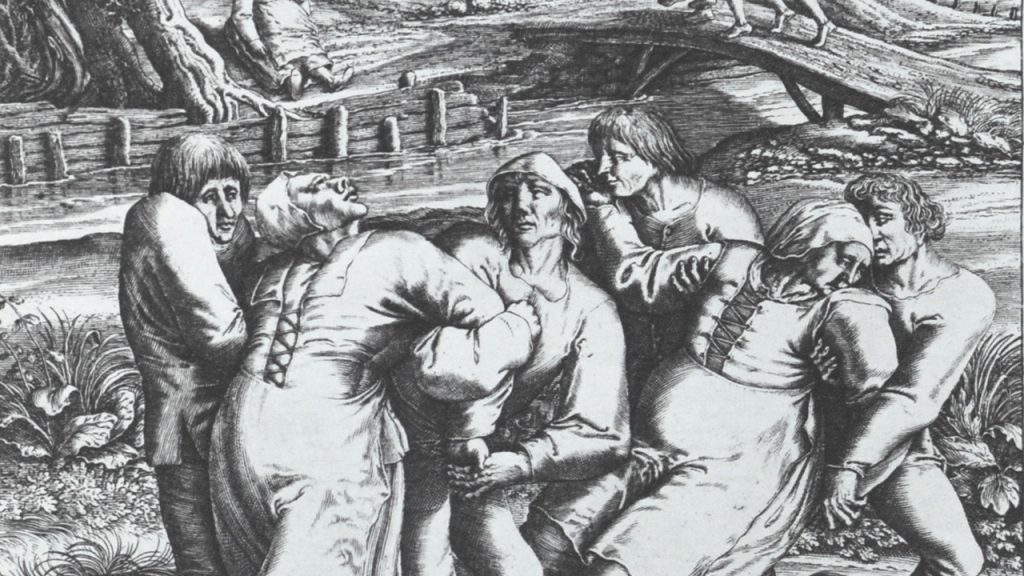
In 1518, the city of Strasbourg was struck by the Dancing Plague, where dozens of people danced uncontrollably for days. Some even danced to their deaths from exhaustion. The cause remains a mystery, with theories ranging from mass hysteria to ergot poisoning. This bizarre event remains one of history’s oddest occurrences.
Winston Churchill and the UFO

During World War II, British Prime Minister Winston Churchill allegedly ordered a UFO sighting to be kept secret for 50 years. A Royal Air Force crew had reported seeing a mysterious flying object. Churchill feared the news would cause public panic and distract from the war effort. The details of this incident are still debated today.
The London Beer Flood
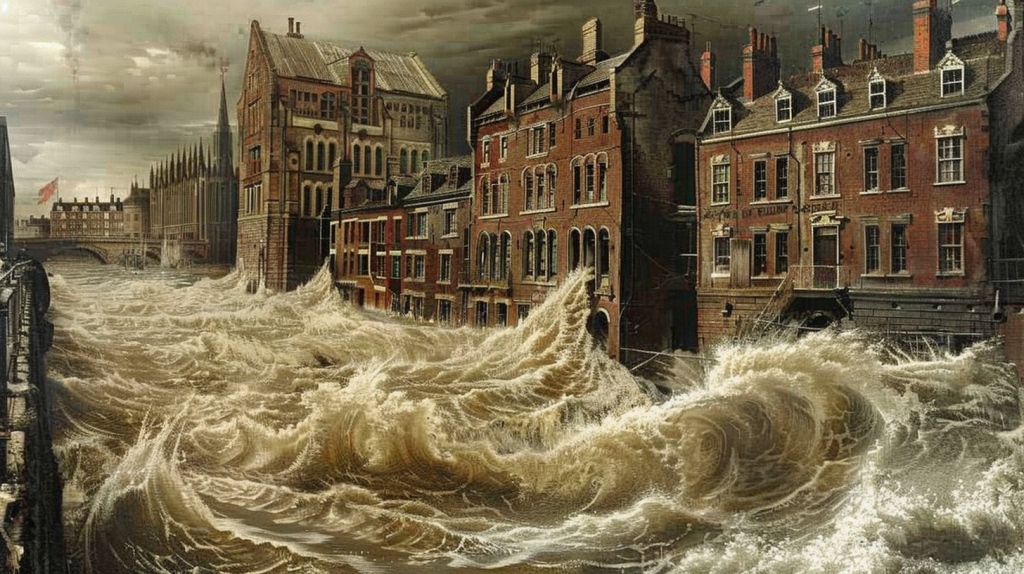
In 1814, a huge vat of beer burst in a London brewery, releasing a tidal wave of over 320,000 gallons of beer. The wave destroyed homes and killed eight people. The event became known as the London Beer Flood. Despite the tragedy, it remains one of the more unusual disasters in history.
The Year Without a Summer

In 1816, the world experienced “The Year Without a Summer.” A volcanic eruption in Indonesia spewed ash into the atmosphere, causing temperatures to drop worldwide. Crops failed, leading to food shortages and economic hardship. The event had a significant impact on global weather patterns and human history.
The Deadliest Plague You’ve Never Heard Of
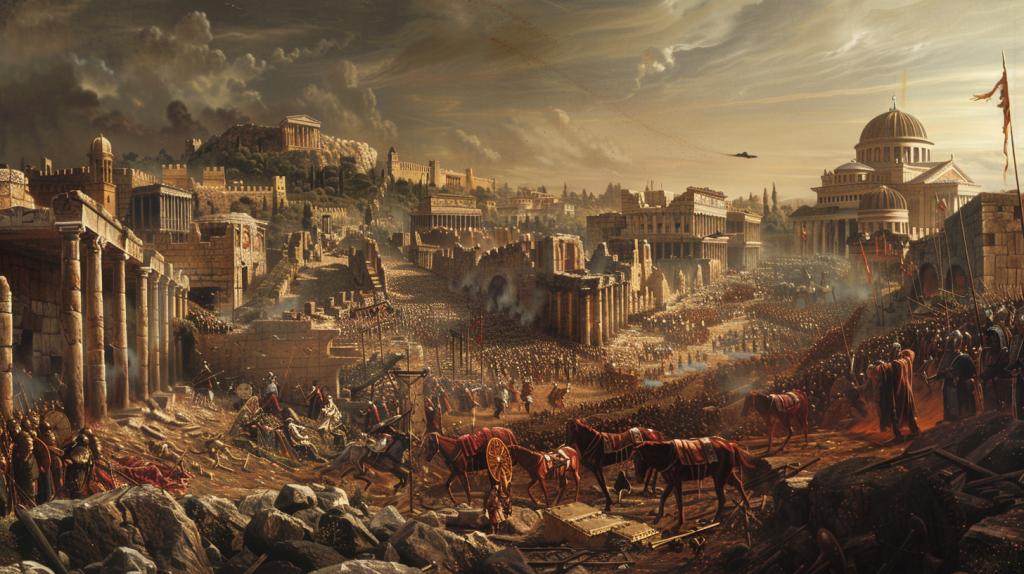
The Justinian Plague, which struck the Byzantine Empire in 541 CE, killed an estimated 25 million people. It was one of the deadliest pandemics in history, yet it’s less well-known than the Black Death. The plague decimated the population and weakened the empire, contributing to its eventual decline.
The Mad Monk of Russia
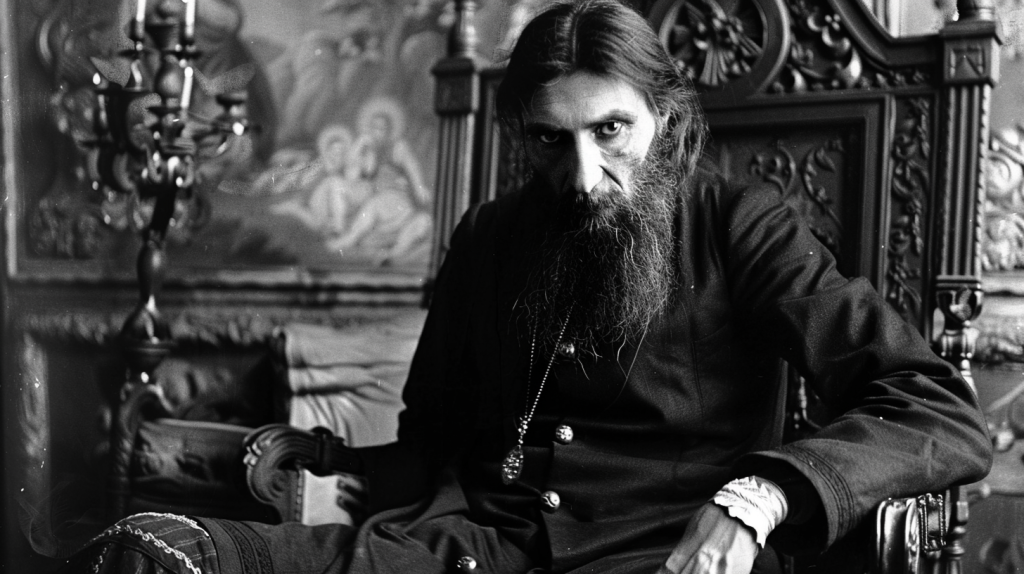
Grigori Rasputin, a Russian mystic and advisor to the Romanovs, was infamous for his influence over the Russian royal family. His apparent healing powers and controversial lifestyle made him both revered and hated. Despite several attempts on his life, Rasputin survived until he was finally murdered in 1916. His death remains shrouded in mystery.
The Bone Wars

In the late 19th century, two paleontologists, Edward Drinker Cope and Othniel Charles Marsh, engaged in a bitter rivalry known as the Bone Wars. They competed to discover and name the most dinosaur fossils, often resorting to bribery, theft, and sabotage. Their feud led to significant discoveries but also damaged their reputations.
The Tunguska Event
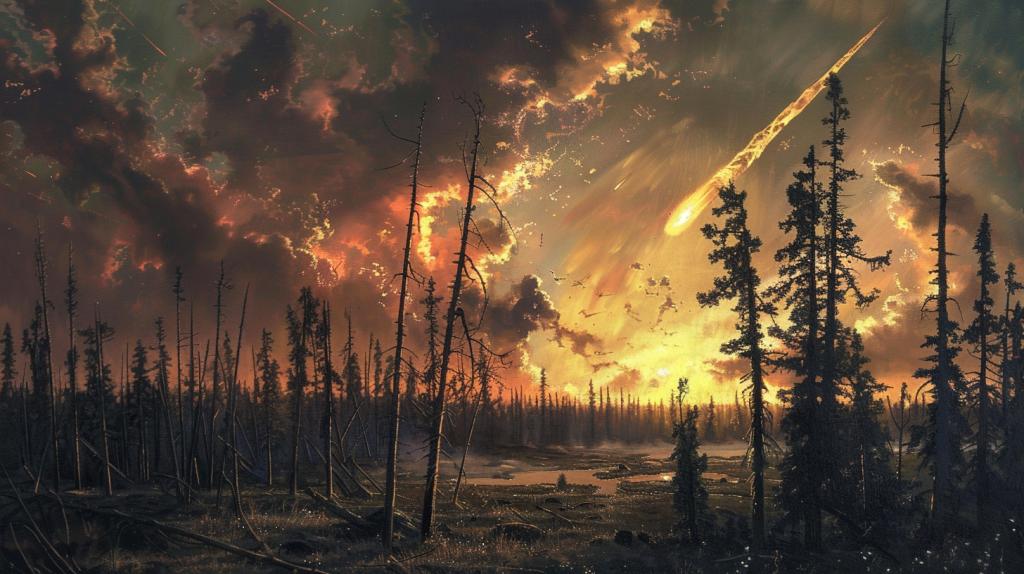
In 1908, a massive explosion occurred over Siberia, flattening 800 square miles of forest. Known as the Tunguska Event, it was caused by the airburst of a comet or meteor. The explosion was so powerful that it could be seen and felt hundreds of miles away. The area remains scarred to this day.
The Pig War

In 1859, a border dispute between the United States and Britain nearly escalated into war over a pig. The Pig War began when an American settler shot a British-owned pig that was rooting in his garden. The conflict was resolved without bloodshed, but it remains one of history’s oddest diplomatic incidents.
The Voynich Manuscript

The Voynich Manuscript is a mysterious book written in an unknown script and filled with bizarre illustrations. Discovered in the early 20th century, it has baffled cryptographers and historians ever since. Despite numerous attempts, no one has been able to decipher its contents or determine its origin. The manuscript remains one of history’s greatest enigmas.
Ellen has been obsessed with logic puzzles, jigsaws, and cryptograms since she was a kid. After learning she was taught how to play chess wrong by a family friend (so they could win), she joined her school chess club and the rest is history.

